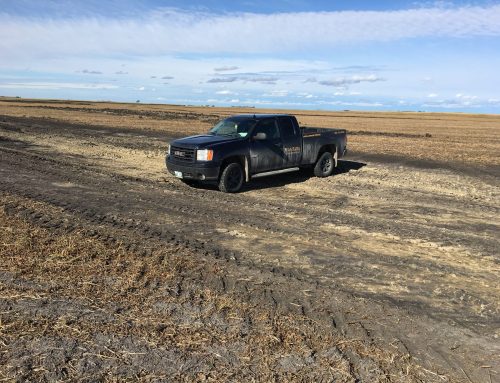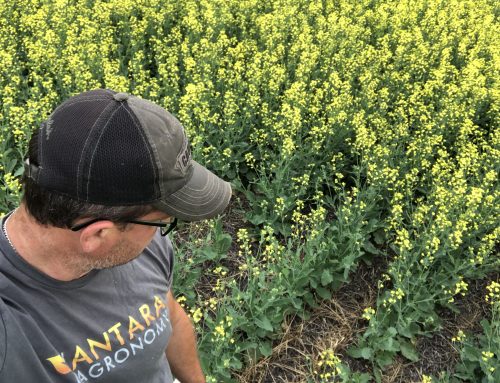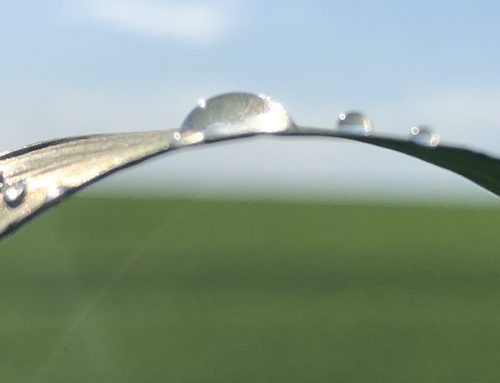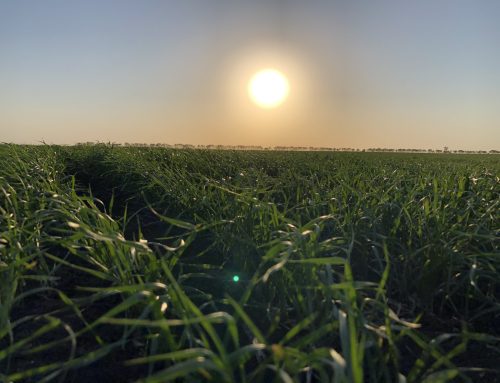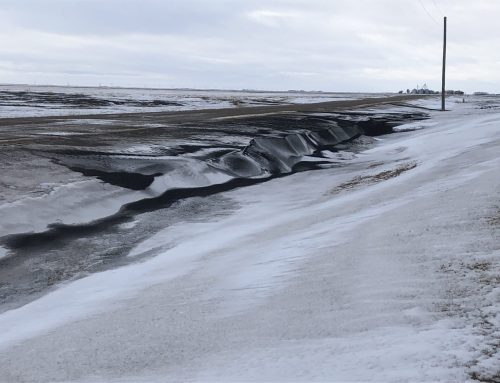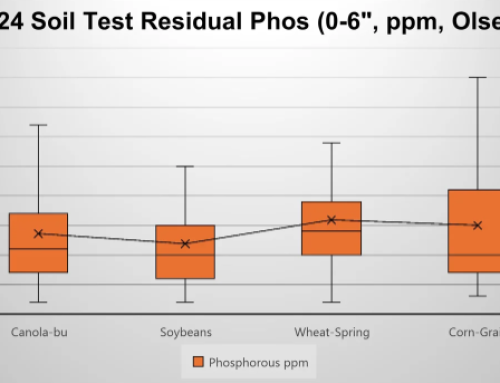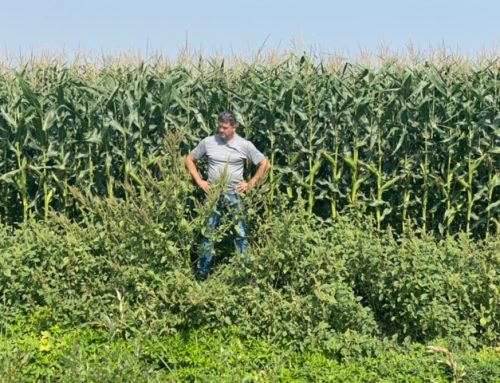Is it compaction or poor drainage causing problems in the Red River Valley?
The answer? … It’s a little bit of both.
The Unique Nature of Our Soils
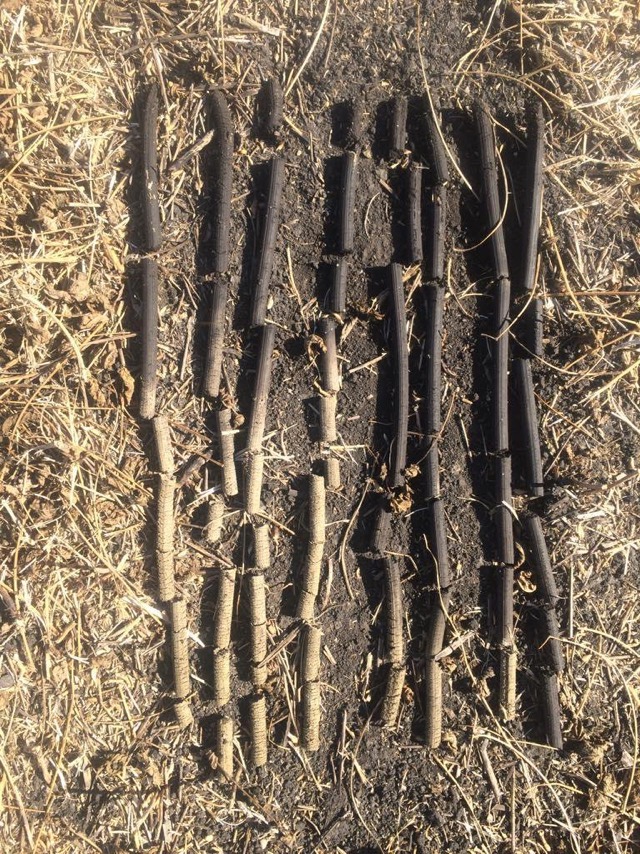 Here in southern Manitoba, we farm on heavy clay soils that are high in magnesium. These soils are anything but simple — they shrink and swell depending on moisture levels. When it’s dry, we see deep cracks. When it’s wet, these soils absorb and hold moisture like a sponge.
Here in southern Manitoba, we farm on heavy clay soils that are high in magnesium. These soils are anything but simple — they shrink and swell depending on moisture levels. When it’s dry, we see deep cracks. When it’s wet, these soils absorb and hold moisture like a sponge.
The Red River Valley is a former glacial lakebed — still decompressing from the last Ice Age — which makes the land extremely flat and prone to flooding. In fact, geologists predict that in 5,000 years, Lake Winnipeg could extend to the city of Winnipeg because the land is decompressing faster in the north than the south. In 10,000 years, the Red River could even reverse and flow southward!
But for now, we’re dealing with modern challenges. On this flat clay floodplain, water infiltration is slow — sometimes less than half an inch per day. This contributes to frequent excess moisture, especially in May and June, which leads to waterlogged soils.
Compaction: A Field-Level Frustration
Because our soils hold water when wet, any field activity during those periods — seeding, spraying, fertilizing — can lead to compaction. In a typical crop year, about 80–90% of the field experiences some kind of wheel traffic. That’s a huge opportunity for compaction.
Some have looked into controlled traffic farming (CTF) as a possible solution — where traffic is limited to specific lanes to reduce compaction across the field. However, implementing CTF is easier said than done, especially with our short growing season. Often, we don’t have the luxury of waiting for ideal field conditions.
Even if we succeed in reducing compaction, there’s still the question: Will this improve infiltration or simply result in wetter surface layers? On a balanced soil, we aim for roughly 50% solids (minerals), 25% water, and 25% air. But when we drive on wet soil, we squeeze out the air and water, creating an imbalance that crops don’t thrive in.
The Drainage Dilemma
Surface drainage is our main line of defense against excess water. But with such flat terrain and heavy clay soils, water just doesn’t move fast enough. That’s where tile drainage comes into play — but even that’s tricky here.
The challenges?
- Spacing: What’s an optimal tile spacing on these slow-draining soils?
- Maintenance: How do we keep tiles clean and functional?
- Slope: Do we have enough to keep water moving?
These are real, ongoing questions for us and many of our clients.
Seeking Answers Through Data
This year, we’re stepping up our game. At Antara Agronomy, we’ve invested in a network of 4-foot soil moisture probes across the valley. These probes measure moisture at multiple depths throughout the season, providing us with valuable insight into:
- How much rain actually infiltrates and gets stored?
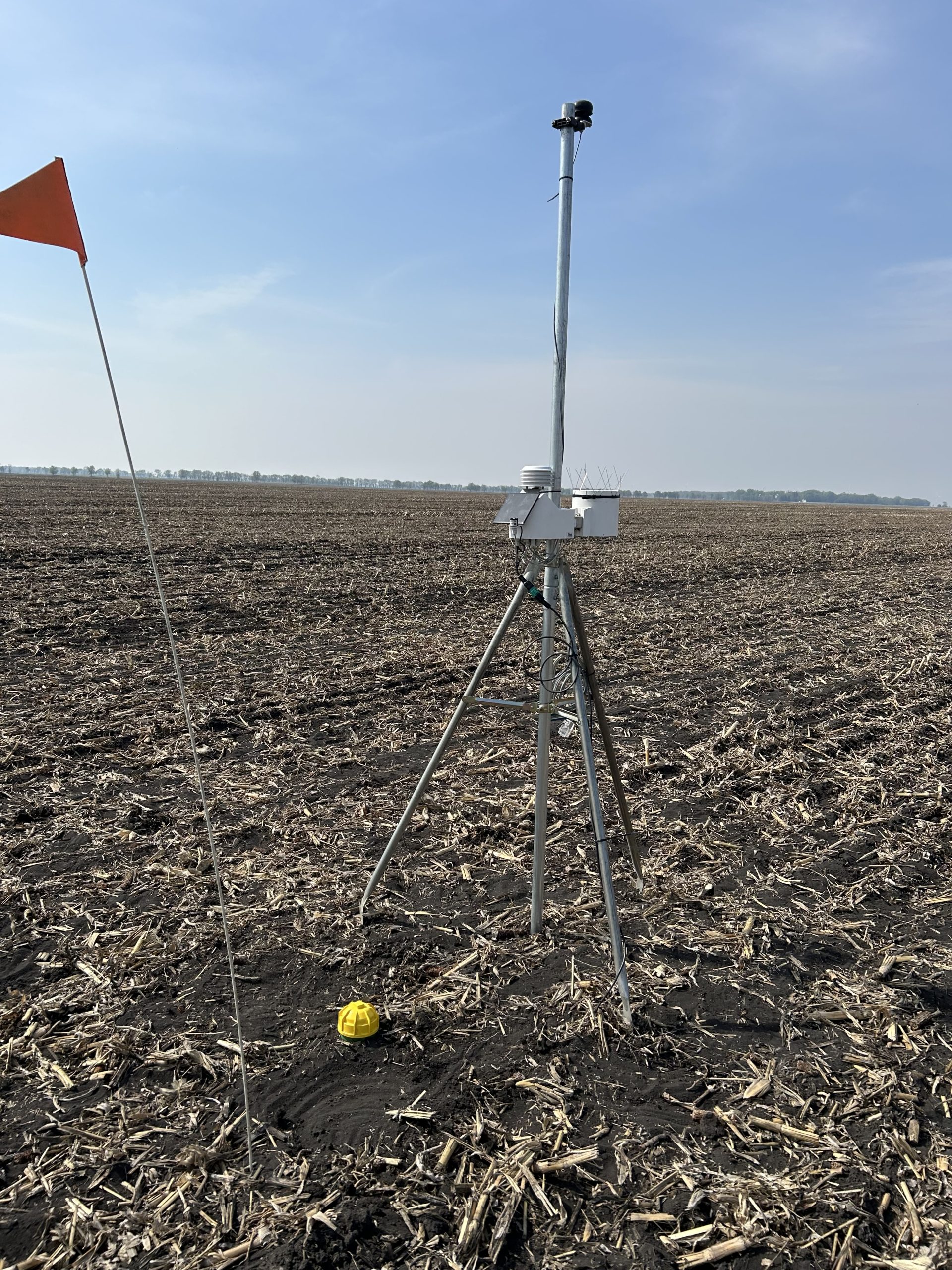
- How much water do different crops use — and when?
- Can we change our practices to retain more water for dry periods in July and August?
With most of our rainfall front-loaded early in the season, storing water efficiently is more important than ever for crop success during grain fill.
We’re excited to further decoding the puzzle of Red River Valley soil — and we invite you to follow along.
Check out our Antara Weather Network website (Insert link here on the website blog page) for more information and to follow along as our network unfolds.


